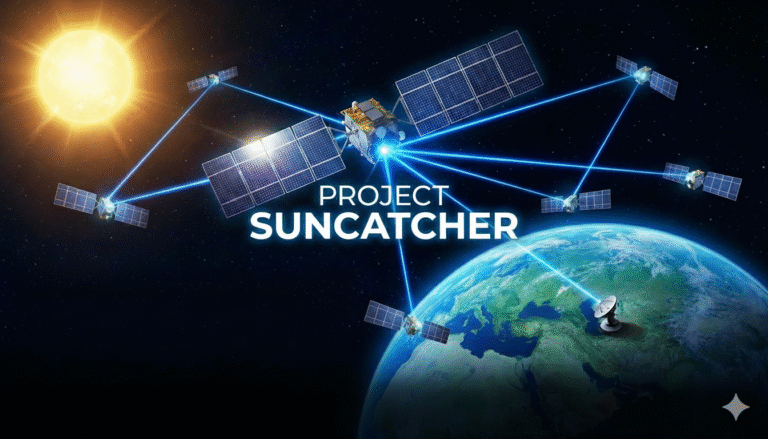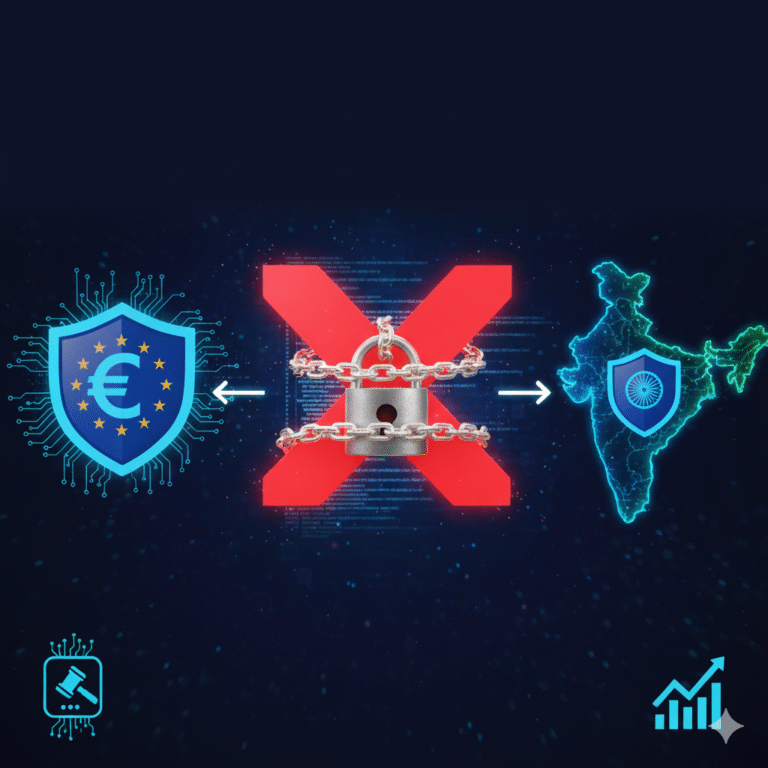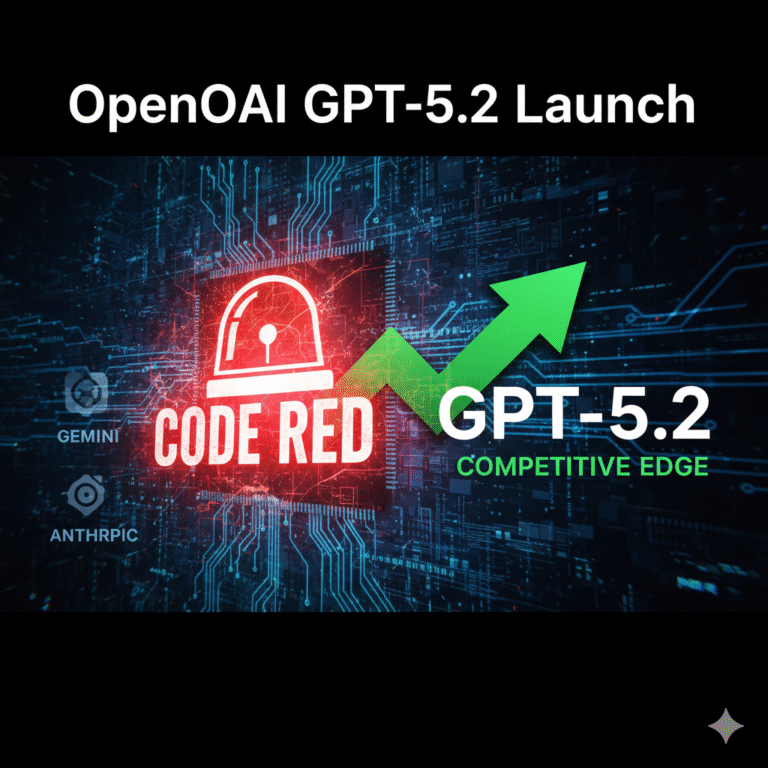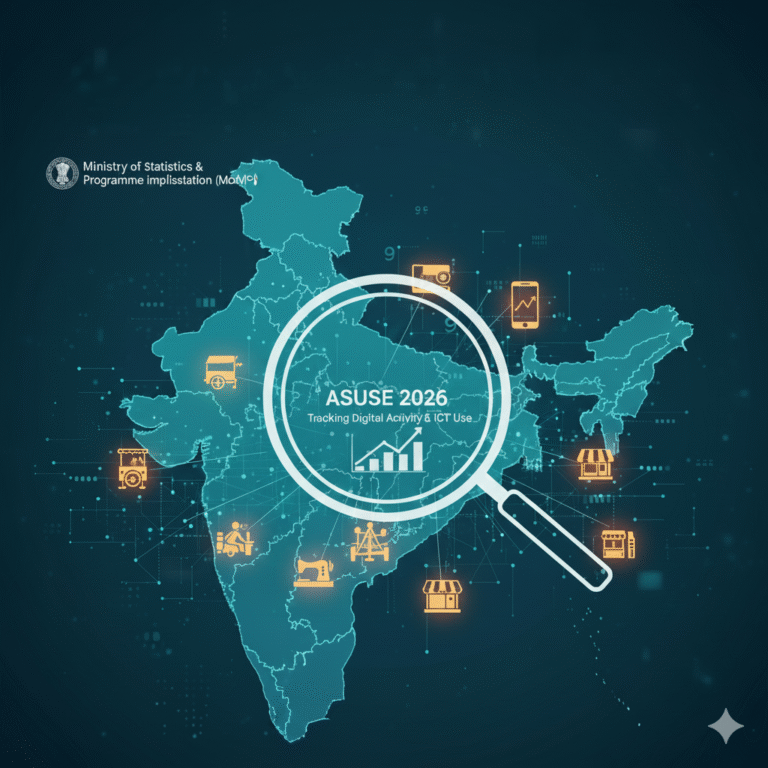A Week Where AI Got Real
The past week in AI wasn’t about hype or distant dreams— it was about real deployments changing how we live, move, and weather the storms. With breakthroughs spanning consumer gadgets, public safety, and climate resilience, global markets are rapidly transitioning from AI curiosity to industrial-scale impact.
This blog unpacks four standout stories: Alibaba’s launch of Quark AI glasses, Uttar Pradesh’s pilot to become India’s first “AI City,” China’s Mazu weather alert system, and Anthropic’s latest rate limits on its Claude Code tool. Each move reveals a different facet of AI’s new role: not just as technology for experts, but as a daily force woven into the fabric of society.
1. Alibaba’s Quark AI Smart Glasses: Wearable Intelligence Gets a Reality Check
Welcome to the era of AI wearables that actually work. Alibaba, China’s e-commerce and AI juggernaut, is set to launch its Quark AI Glasses by the end of 2025, aiming to redefine smart eyewear with pragmatic, integrated features and deep ecosystem support.
What Makes Quark Smart Glasses Different?
- Powered by Qwen LLM: Alibaba’s proprietary large language model delivers AI voice control, conversation, and context-aware assistance right into the user’s field of vision. torqueapp
- Advanced Features: Hands-free calls, music streaming, real-time translation, meeting transcription, image recognition, and even navigation—accessible through simple voice or gesture commands. cnbc
- Connected to China’s Digital Ecosystem: Instant access to e-commerce (Taobao), digital payments (Alipay), and mapping through Amap, all from a single wearable.
- Hardware Innovation: Dual-chip systems for smooth AR performance, and built-in cameras for image processing—all focused on privacy, battery longevity, and intuitive interaction.
Why It Matters:
Quark isn’t just a cool gadget—it’s a tool for everyday productivity, travel, and accessibility. Its anticipated mass-market launch directly challenges Western rivals like Meta and Xiaomi, accelerating the mainstream adoption of AI-powered wearables.
2. Uttar Pradesh’s “AI City” Vision: Smarter, Safer Roads Through Predictive Analytics

While Big Tech grabs headlines, cities and states are quietly testing AI’s promise at street level. India’s Uttar Pradesh (UP) is piloting an “AI City” model for traffic management and road safety—marking the country’s first large-scale, government-driven experiment to leverage predictive analytics for public good.
Key Highlights of the UP AI City Project:
- AI-Driven Accident Prediction: Integrates accident records, weather feeds, telematics, driver profiles, and road data to pinpoint accident “black spots” and root causes through advanced AI models. scanx
- Real-Time Policy Dashboards: Officials receive instantaneous updates to optimize interventions, like traffic signal changes or targeted police enforcement. hindustantimes
- Future-Proofed Administration: Plans for faceless licensing, automated permits, revenue collection, and smart enforcement based on AI analytics, with core registry systems modernized for transparency and speed.
- Zero-Fee Pilot: The public sector ITI Limited rolls the program out at no cost, while rapid scalability is enabled by the modular, cloud-based system.
Why It Matters:
UP is home to over 200 million citizens and some of India’s busiest roads. By embracing AI, the state aims to drastically reduce road fatalities, modernize governance, and provide a replicable template for urban safety across developing markets.
3. China’s Mazu Weather Alert System: Folklore Meets Machine Learning
Ancient wisdom meets advanced tech in the China Meteorological Administration’s new Mazu weather alert system—a cross-border platform blending regional folklore with cutting-edge AI to predict natural disasters, particularly typhoons and floods, across Asian coasts.
What Sets Mazu Apart?
- AI-Powered Multi-Hazard Warning: “Mazu-Urban,” launched at the 2025 World Artificial Intelligence Conference, uses deep learning models on multi-source meteorological data for accurate, rapid forecasting of extreme weather events. cma
- Culturally Responsive Alerts: Named after the revered sea goddess Mazu (protector against ocean storms), the system fuses local beliefs with actionable science, boosting trust and engagement in regions long reliant on folklore for risk communication.
- Global Sharing: Mazu is shared as open infrastructure with partner nations (e.g., Mongolia and Djibouti), signaling a new model for climate resilience collaboration.
- Platform Integration: Embedded into city dashboards and warning apps, Mazu provides not just alerts, but recommended actions tailored to communities’ needs.
Why It Matters:
Climate change is making severe weather more frequent and unpredictable. By leveraging both AI and cultural context, China hopes Mazu can save lives, empower preparedness, and inspire other nations to fuse tradition with new technology.
4. Anthropic’s Claude Code: AI at Work Gets a Long-Awaited Reality Check
As AI coding assistants become as common as IDEs, their popularity can strain infrastructure—creating both opportunities and headaches. Anthropic, the team behind the Claude AI models, is addressing this with new, stricter rate limits for its Claude Code tool, rolling out August 28, 2025.
What’s Changing—and Why:
- New Usage Caps: Weekly rate limits now reset every seven days, with both overall and model-specific caps (e.g., Claude Opus 4 tier). Users exceeding the caps must purchase additional API access—aimed at reigning in heavy “always-on” or resell use. techcrunch
- Access Equity: The limits ensure stable, fair service for the vast majority, while deterring abuses like account-sharing or bot-driven volume. northflank
- Transparency: Clearer policies around usage ceilings for various plan tiers ($20/month Pro, $100/$200 Max) promote predictable billing and let developers plan workloads accordingly.
Why It Matters:
As generative AI tools like Claude Code become critical to software teams and businesses, sustainable scaling and equitable access are mandatory. Anthropic’s move draws a line—AI is empowering, but it must run on robust, reliable platforms that serve everyone fairly.
Takeaway: Industrial-Grade AI—From Gimmick to Global Game-Changer
This week’s news offers a compelling snapshot of AI’s global journey: out of pilot labs and into public hands. Consumer wearables now double as intelligent assistants, cities become data-driven, age-old legends unite with machine learning for climate resilience, and even AI’s own tools are adapting for fair, robust use.
Will your city, company, or community be ready to harness—and guide—this next AI chapter? One thing is clear: the future of innovation won’t wait, and AI’s reach has only just begun.









+ There are no comments
Add yours